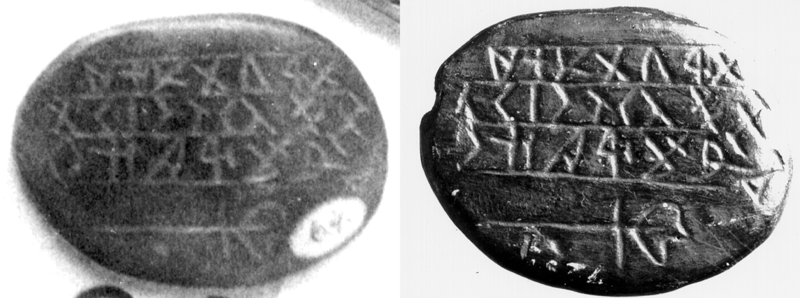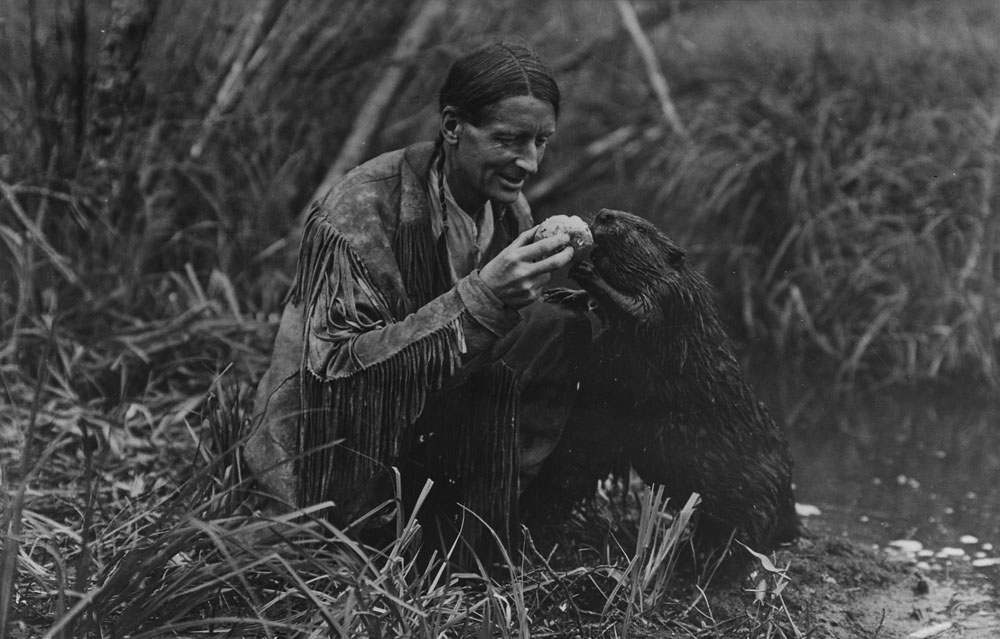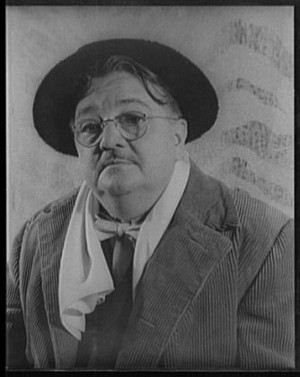
A fundamental belief about time is that the future is open while the past is set. But in Emmanuel Carrère’s 1986 novel La Moustache, the main character shaves off his mustache one day only to find that his wife and coworkers don’t react: Reality has twisted so that he has never had a mustache.
As the novel continues, other pieces of his personal history change one by one, as if his life is being replaced by another one. Finally even facts that have been described in earlier chapters begin to change. The hero flees to Macao, where he knows no one and has no history. But his wife is in the room there, and she shows no surprise at seeing him.
“This suggests that the hero has not been taken to Macao by the events reported in the preceding chapters,” writes Marie-Laure Ryan, “but that he is there as a tourist on a completely normal family vacation. At this point the novel becomes a self-destructing artifact that denies what is generally considered to be the main function of narrative: its ability to tell about and to preserve the past.”
(Marie-Laure Ryan, “Impossible Worlds and Aesthetic Illusion,” in Werner Wolf, et al., Immersion and Distance: Aesthetic Illusion in Literature and Other Media, 2013.)





